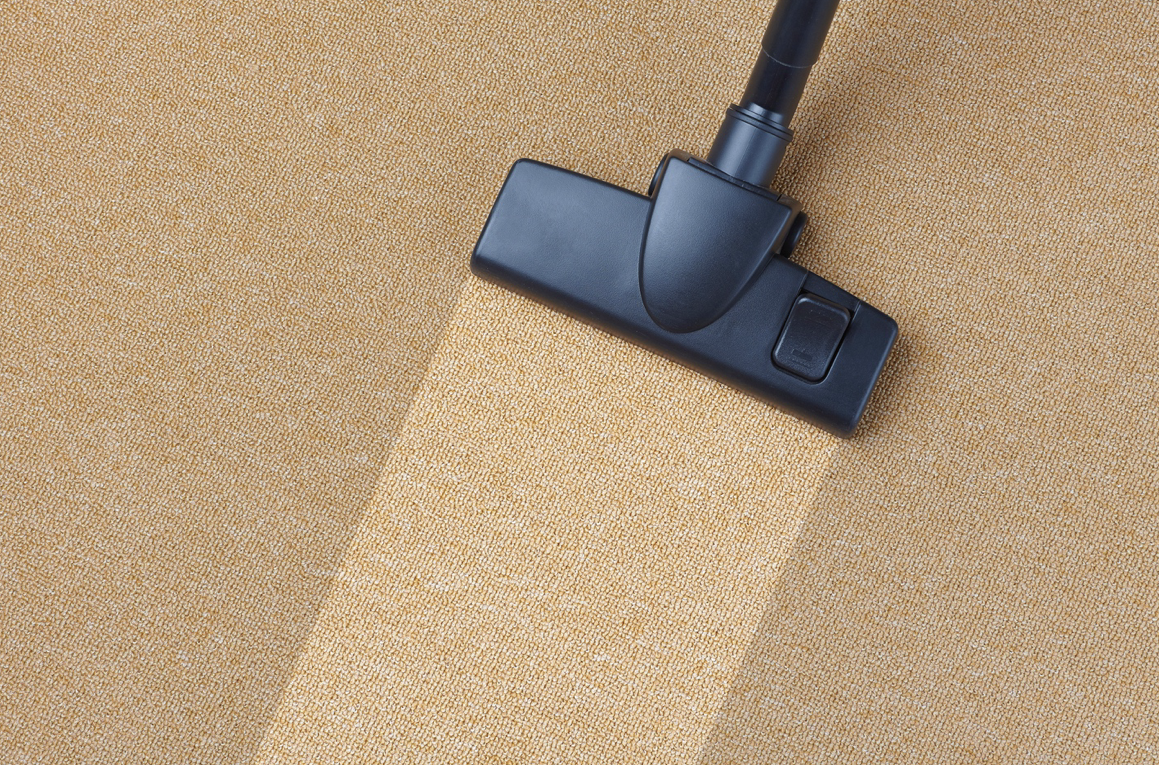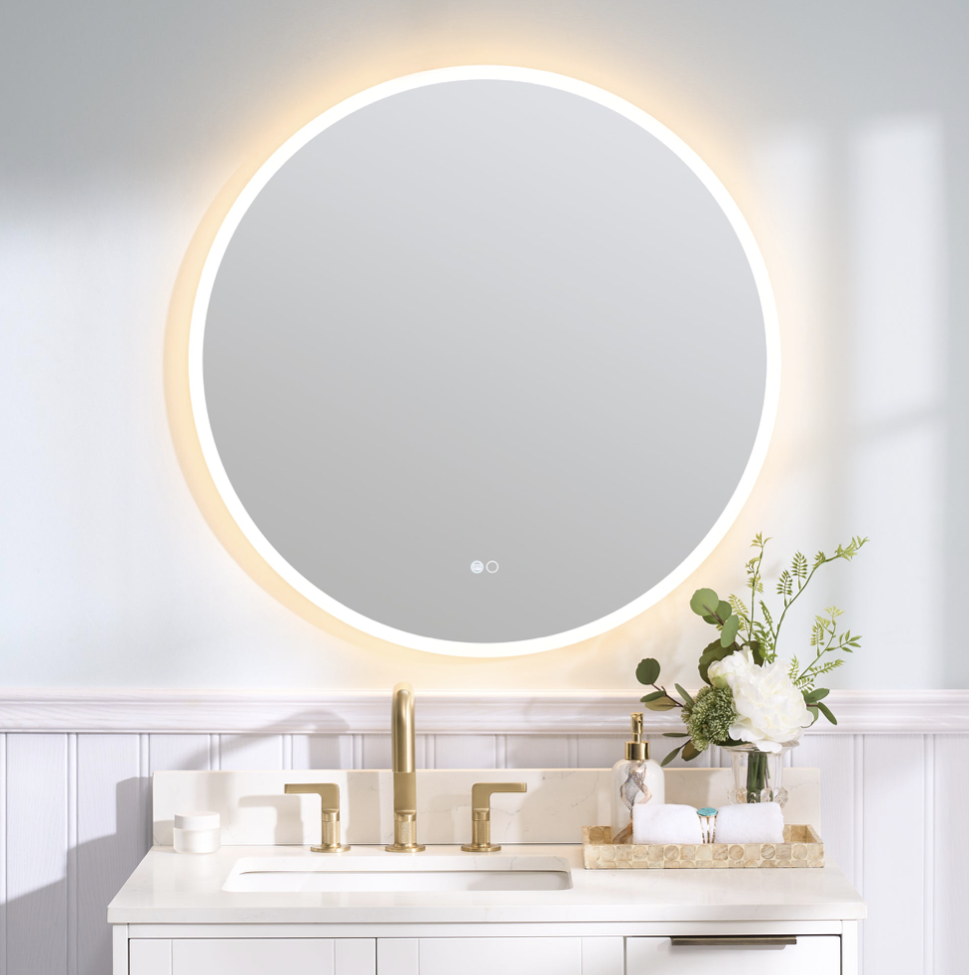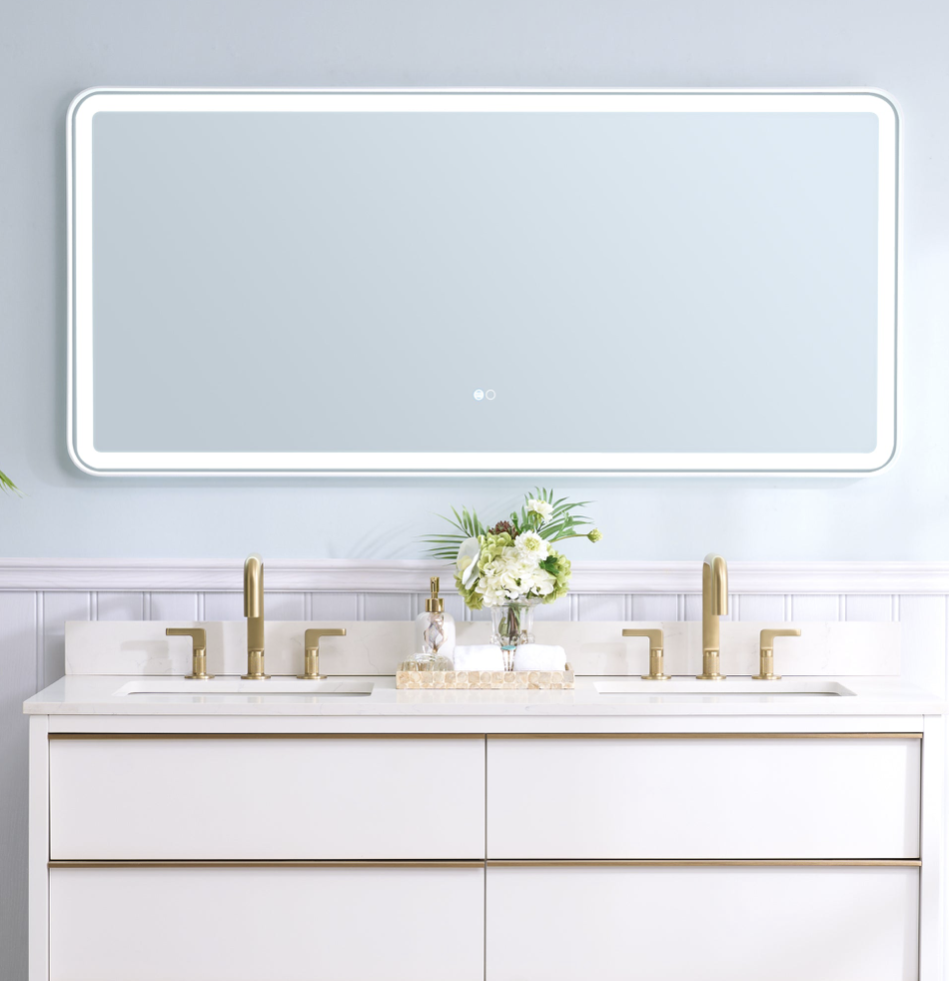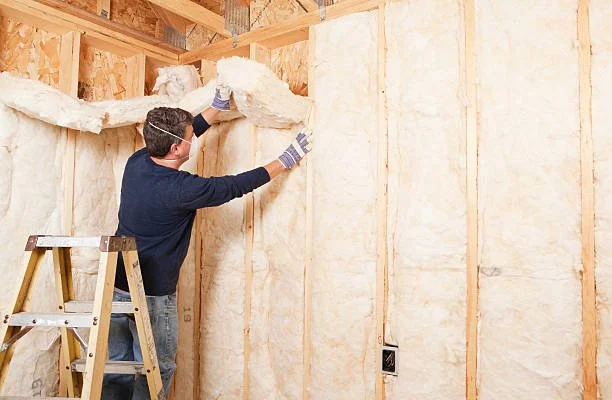Insulating your home is one of the most effective ways to enhance energy efficiency, reduce heating and cooling costs, and create a comfortable indoor environment. However, insulation mistakes are more common than you might think, and these errors can lead to poor performance, moisture problems, or even safety hazards. Avoiding key mistakes is crucial whether you’re using fiberglass, cellulose, or more advanced options like isolation uréthane (polyurethane spray foam insulation).
By understanding these common pitfalls and how to avoid them, you can ensure your home is properly insulated, contributing to a more energy-efficient and comfortable living space.
Here, we will cover the nine most common insulation mistakes and how to avoid them to ensure that your insulation project delivers optimal results.
1. Failing to Choose the Right Type of Insulation
One of the most frequent mistakes homeowners make is using the wrong type of insulation for their project. Different materials have varying levels of effectiveness depending on the location and type of building. For example, isolation uréthane (polyurethane spray foam) is ideal for sealing gaps and preventing air leakage in tight spaces.
However, using less effective insulation types like fiberglass in those areas might leave gaps, reducing energy efficiency. Always select the appropriate insulation material for each area when insulating attics, walls, and crawl spaces.
2. Inadequate Coverage and Insufficient Thickness
Another critical mistake is not applying insulation with the correct thickness or failing to cover the area completely. Insufficient coverage leaves cold or warm spots in your home, causing uneven temperatures and increasing energy bills.
For instance, when applying isolation uréthane, ensure the foam expands fully and seals all gaps, providing the necessary coverage. Skimping on insulation can compromise your home's comfort, so it’s crucial to follow the recommended guidelines for thickness and application.
3. Neglecting Air Sealing Before Insulation
Air sealing is essential before any insulation project, particularly with materials like polyurethane spray foam. Many homeowners overlook sealing air leaks, thinking insulation alone will block airflow. However, even the best insulation material won’t prevent drafts and heat loss without proper air sealing. Air leaks around windows, doors, and electrical outlets can allow conditioned air to escape, defeating the purpose of insulation. Ensure you air seal areas prone to leaks before insulating for maximum energy efficiency.
4. Ignoring Moisture Control
Moisture is a significant concern in insulation projects, and failing to address it can lead to mold, mildew, and structural damage. Insulation materials like fiberglass can absorb moisture, losing their effectiveness over time. On the other hand, isolation uréthane acts as a moisture barrier, preventing water from seeping into walls and ceilings.
Always use insulation that includes moisture control features, and ensure that any existing moisture problems, such as leaks or condensation, are addressed before installation.
5. Compressing Insulation
Proper insulation requires allowing the material to retain its full thickness and density. Compressing insulation, particularly with fiberglass, can drastically reduce its R-value or thermal resistance, leading to poor performance.
Polyurethane spray foam, like isolation uréthane, expands to fill gaps and does not require additional compression. However, in installations using other insulation types, avoid squeezing the material, as it will hinder its ability to provide adequate insulation.
6. Skipping the Attic and Crawl Spaces
Many homeowners focus on insulating walls and windows, forgetting key areas like attics and crawl spaces. These spaces are often the largest sources of energy loss in a home. Heat escapes through the attic in cold climates, while in hot climates, cool air is lost.
By applying isolation uréthane in these areas, you can effectively block air leaks and insulate hard-to-reach places. Ignoring these spaces can result in significant energy inefficiency and discomfort.
7. Overlooking Insulation in Small Spaces
Insulating small areas like wall cavities, pipes, and narrow gaps is often neglected. These small spaces may seem insignificant, but if left uninsulated, they can contribute to significant air leakage. Isolation uréthane excels in filling these tight areas, ensuring that every inch of your home is properly sealed. Failing to insulate these spots could lead to energy loss, drafts, and temperature fluctuations.
8. Using Inadequate Vapor Barriers
Vapor barriers are essential in preventing moisture from entering and damaging insulation. Skipping or using inadequate vapor barriers can cause moisture buildup, reducing insulation performance and potential structural issues. Materials like isolation uréthane offer built-in vapor barriers, making them ideal for high-moisture areas. Install a quality vapor barrier for other insulation types to protect the insulation and your home’s structure.
9. DIY Installation without Expertise
Installing insulation may seem straightforward, but doing it yourself without proper knowledge can lead to costly mistakes. Improper installation can result in gaps, compression, or uneven distribution of insulation, reducing its effectiveness. Hiring professionals experienced in isolation uréthane ensures that your insulation project is done correctly, providing long-term energy efficiency and comfort.
FAQs
What is the best insulation material for preventing air leaks?
The best insulation for preventing air leaks is isolation uréthane (polyurethane spray foam). It expands to fill small cracks and gaps, providing a tight seal that blocks air leakage.
Can I install insulation in my attic without air sealing first?
No, air sealing is crucial before installing insulation. Insulation will only be as effective as sealing air leaks, which can lead to drafts and higher energy bills.
How does moisture affect insulation performance?
Moisture can significantly reduce the effectiveness of insulation, especially materials like fiberglass, which absorb water. Isolation uréthane offers moisture-resistant properties, making it an excellent choice for preventing moisture-related problems.
Is it necessary to insulate crawl spaces and small areas?
Insulating crawl spaces and small areas like wall cavities is vital for reducing energy loss and maintaining a comfortable indoor environment. Neglecting these areas can lead to temperature fluctuations and higher energy bills.
Conclusion
Insulating your home is one of the most important steps in creating an energy-efficient, comfortable living space. However, to ensure optimal results, it is crucial to avoid common insulation mistakes such as using the wrong material, failing to air seal, or overlooking moisture control.
Isolation uréthane (polyurethane spray foam insulation) is an excellent choice for avoiding many of these pitfalls. It offers superior coverage, moisture resistance, and long-term performance. By addressing the common mistakes highlighted in this guide, you can ensure your insulation project delivers lasting benefits for your home.


















